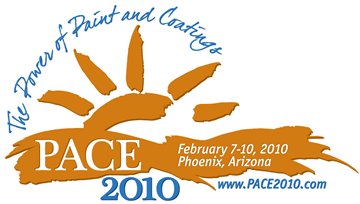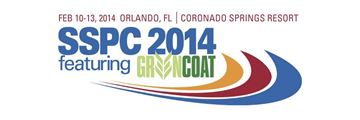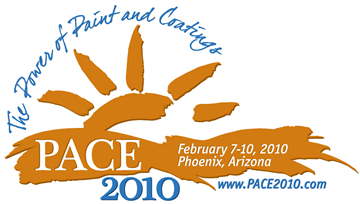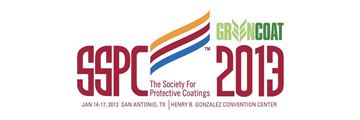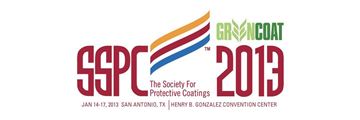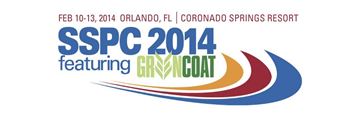Search
Products tagged with 'flooring'
View as
Sort by
Display
per page
Defining Osmotic Blisters and Causes in Resinous Floor Coatings
Product Number:
41215-898-SG
Publication Date:
2015
$20.00
Densify Faster, Densify Cleaner, Densify Greener: Enhancing polished concrete floors
Product Number:
41210-551-SG
Publication Date:
2010
$20.00
Dimensional Profiling: Providing Sustainable Slip Resistance with a Known Approximate Static Co-Efficient of Sliding Friction Value
Product Number:
41214-846-SG
Publication Date:
2014
$20.00
Moisture Test methods, Comparisons, Commonalities and Dissimilarities
Product Number:
41215-929-SG
Publication Date:
2015
$20.00
Moisture Testing and Inspecting for Concrete Floors to Receive Coatings
Product Number:
41216-991-SG
Publication Date:
2016
$20.00
Moisture Vapor Emission Rates of Concrete Floors – Can Moisture Meters be used Instead of Calcium Chloride?
Product Number:
41212-666-SG
Publication Date:
2012
$20.00
Novel Waterborne Epoxy Resin Dispersion for High Performance Metal Primers and Concrete Floor Finishes
Product Number:
41210-573-SG
Publication Date:
2010
$20.00
Polymeric Interior and Exterior Marine Decking Systems
Product Number:
41213-801-SG
Publication Date:
2013
$20.00
Polyurethanes in Seamless Polymer Flooring Systems
Product Number:
41209-520-SG
Publication Date:
2009
$20.00
Selecting Appropriate Protective Treatment For Finished Concrete Floors
Product Number:
41214-849-SG
Publication Date:
2014
$20.00


